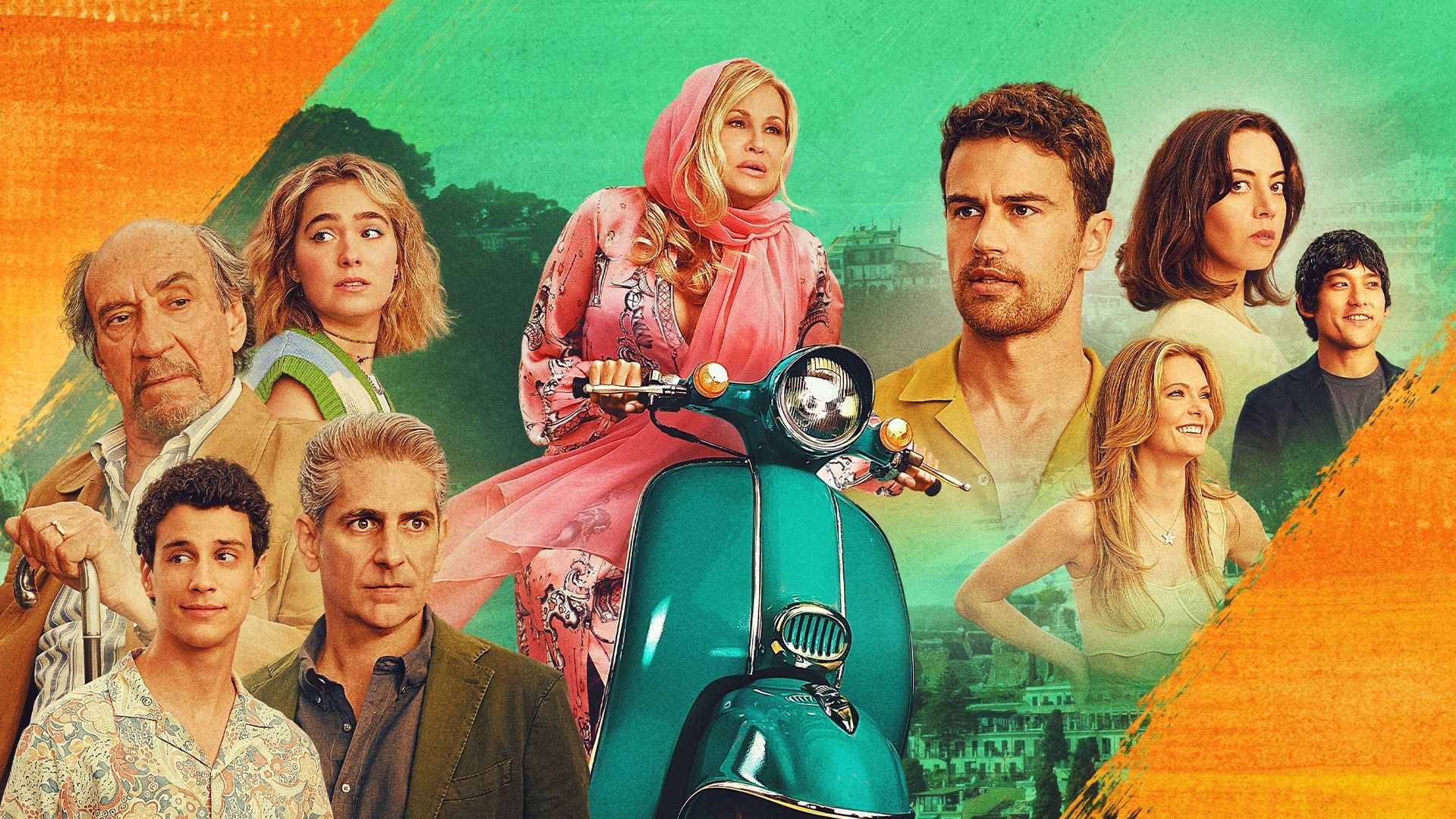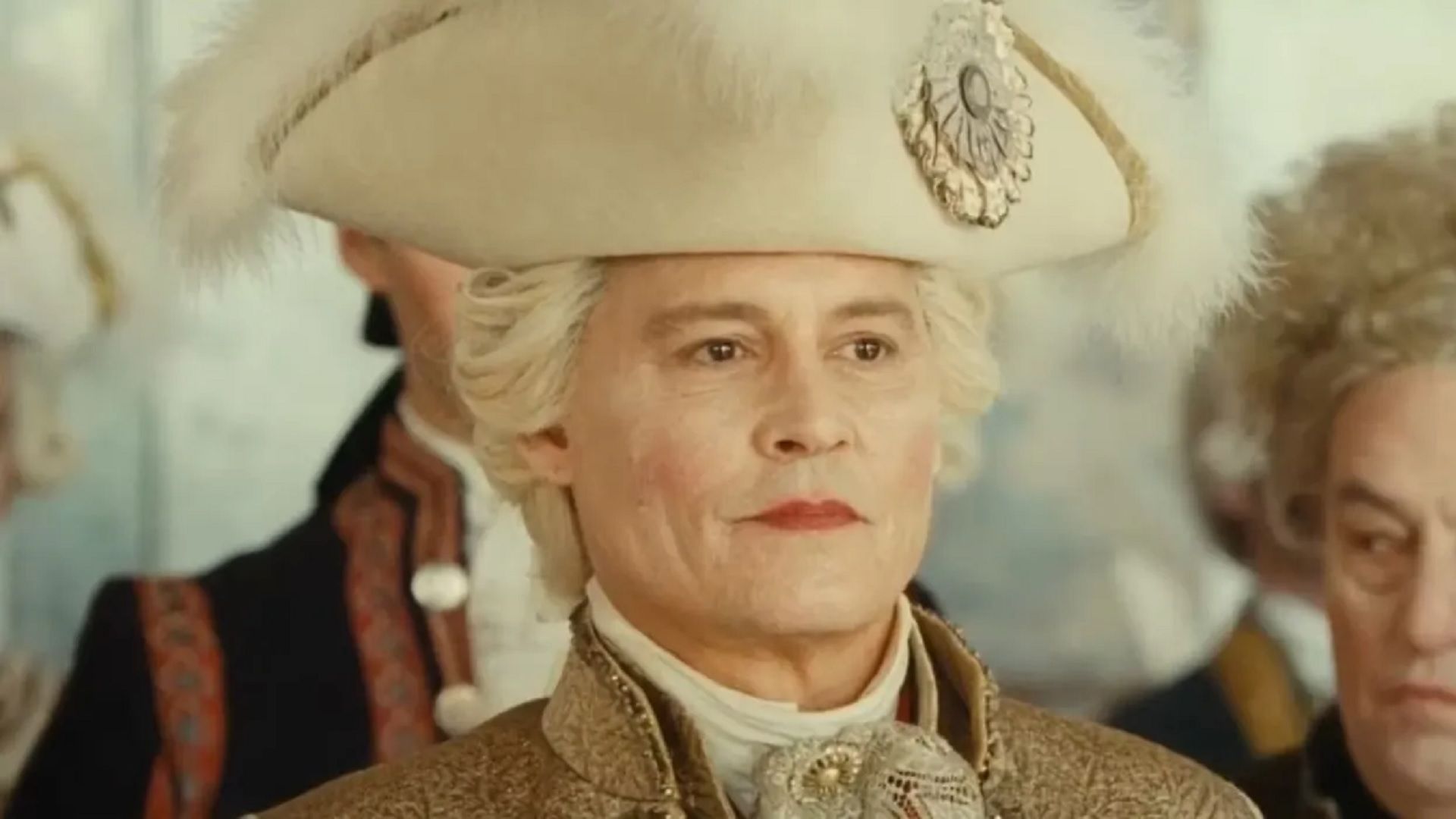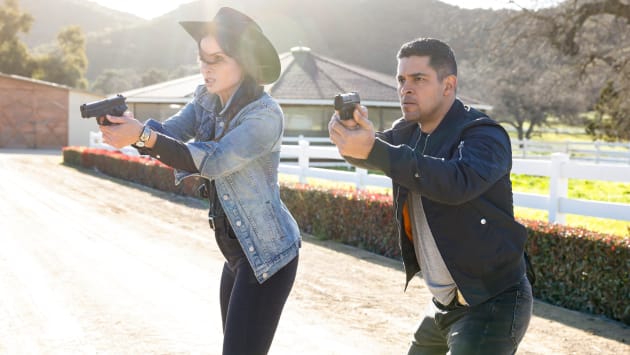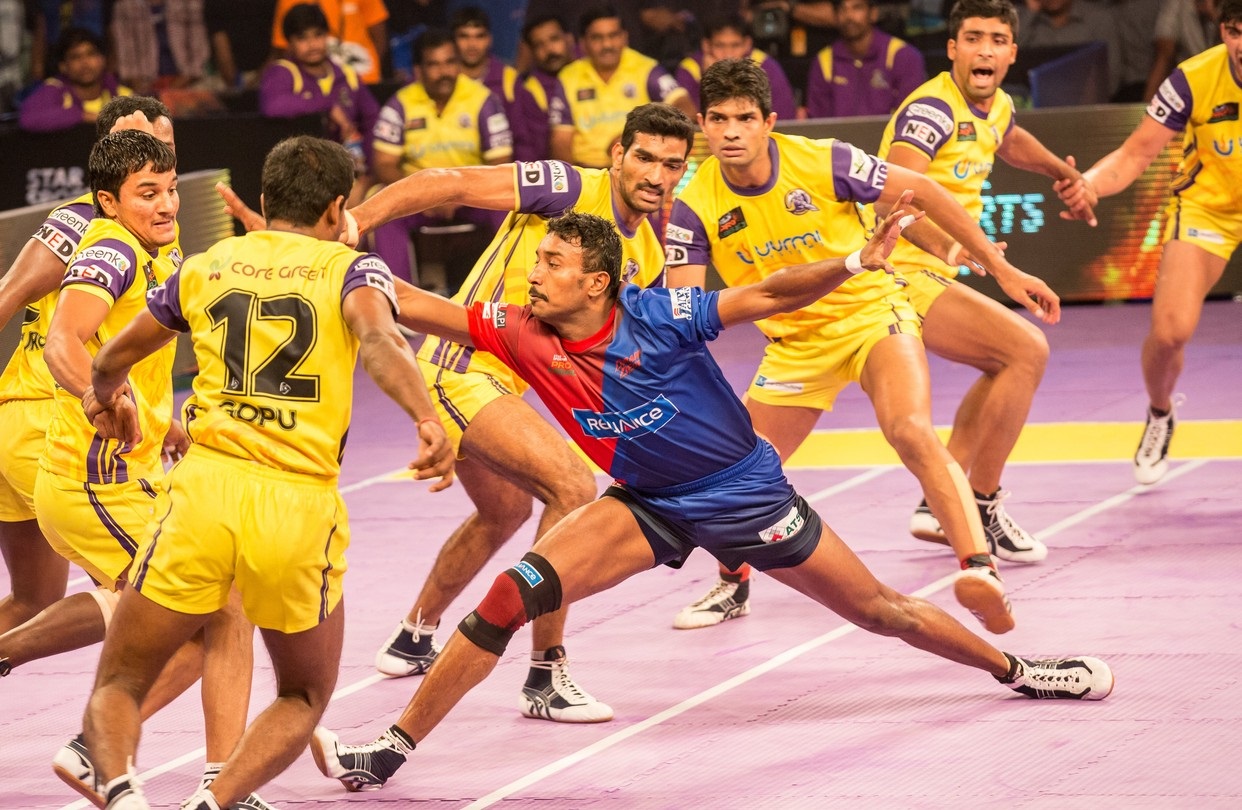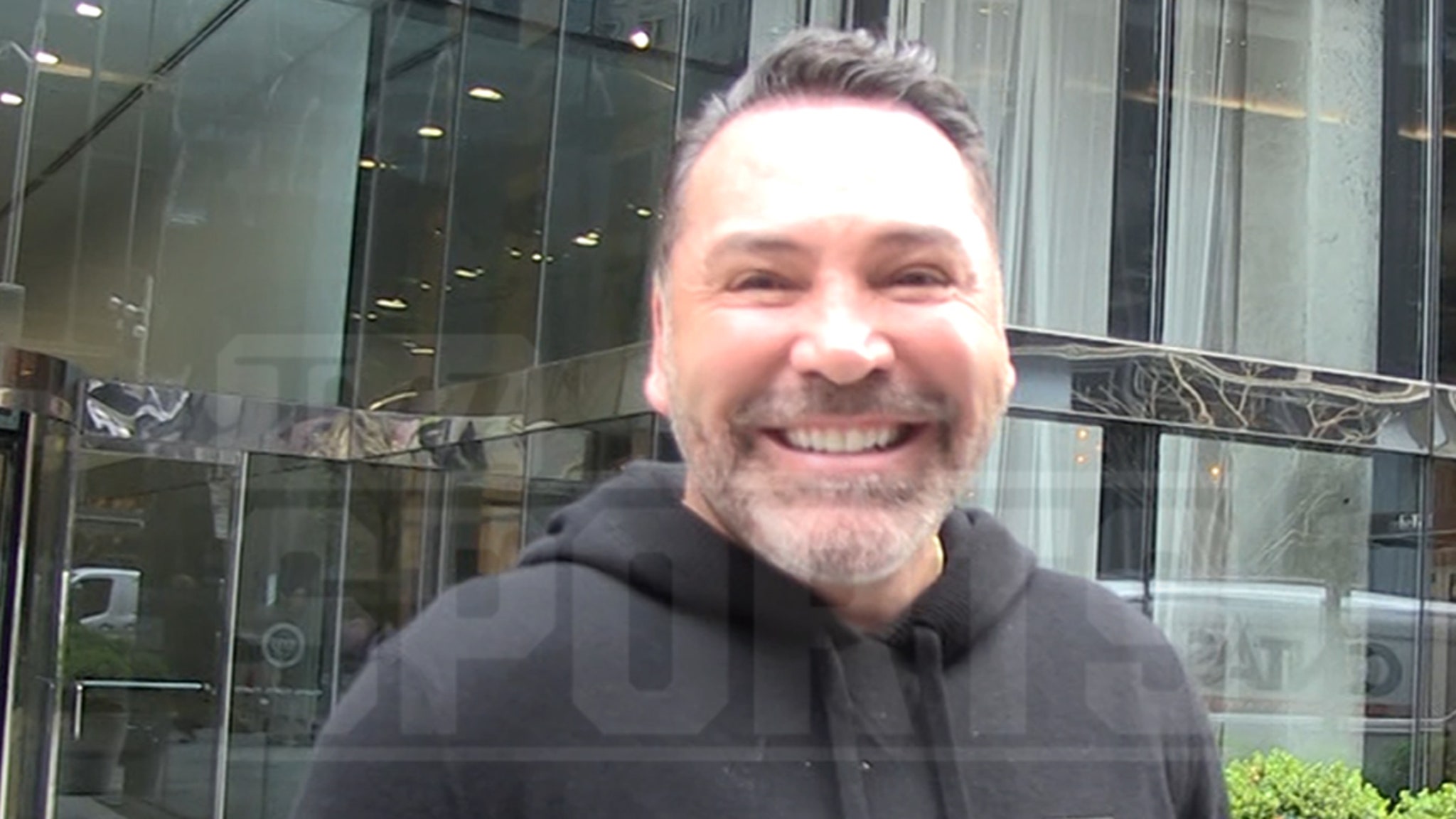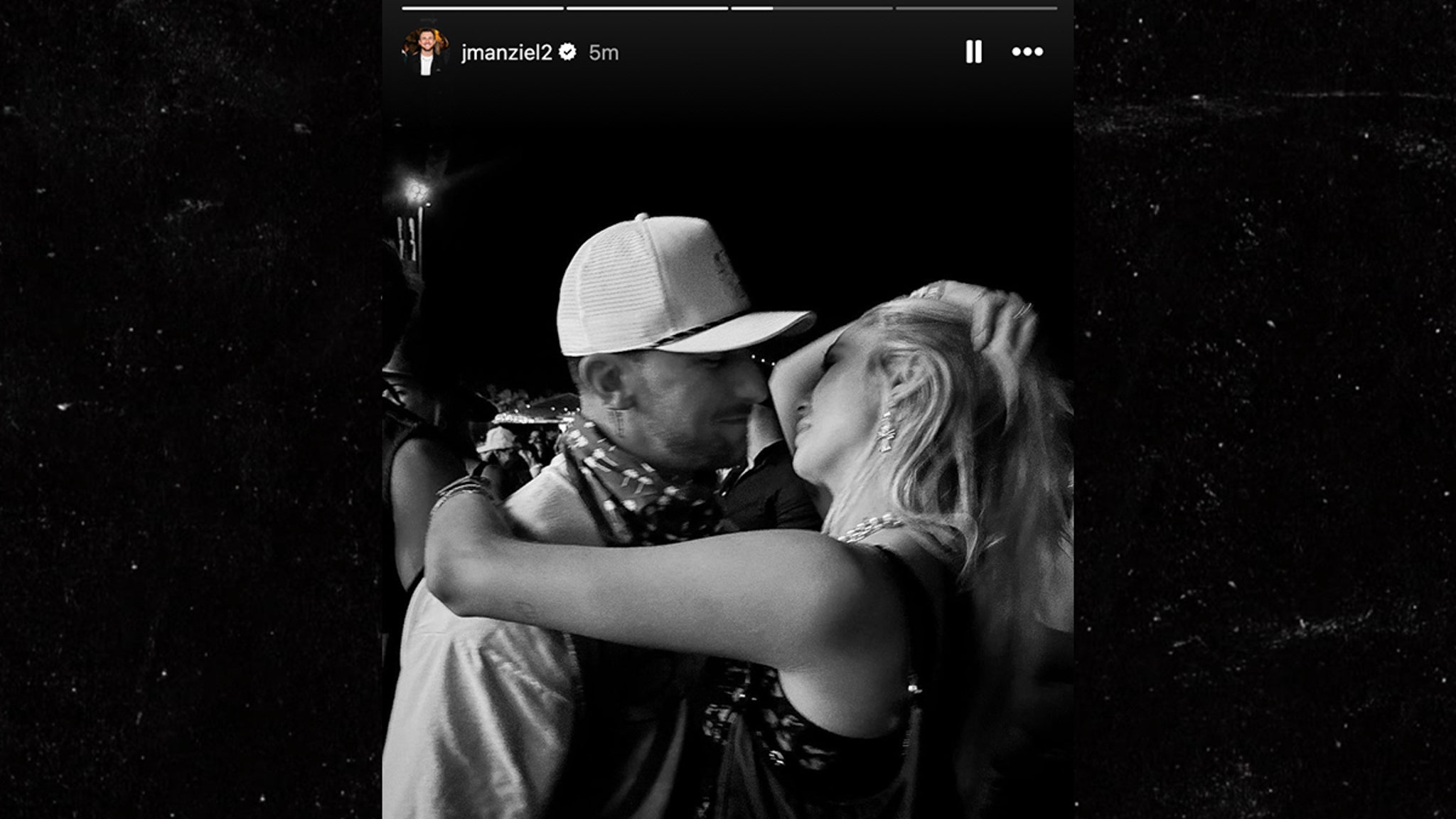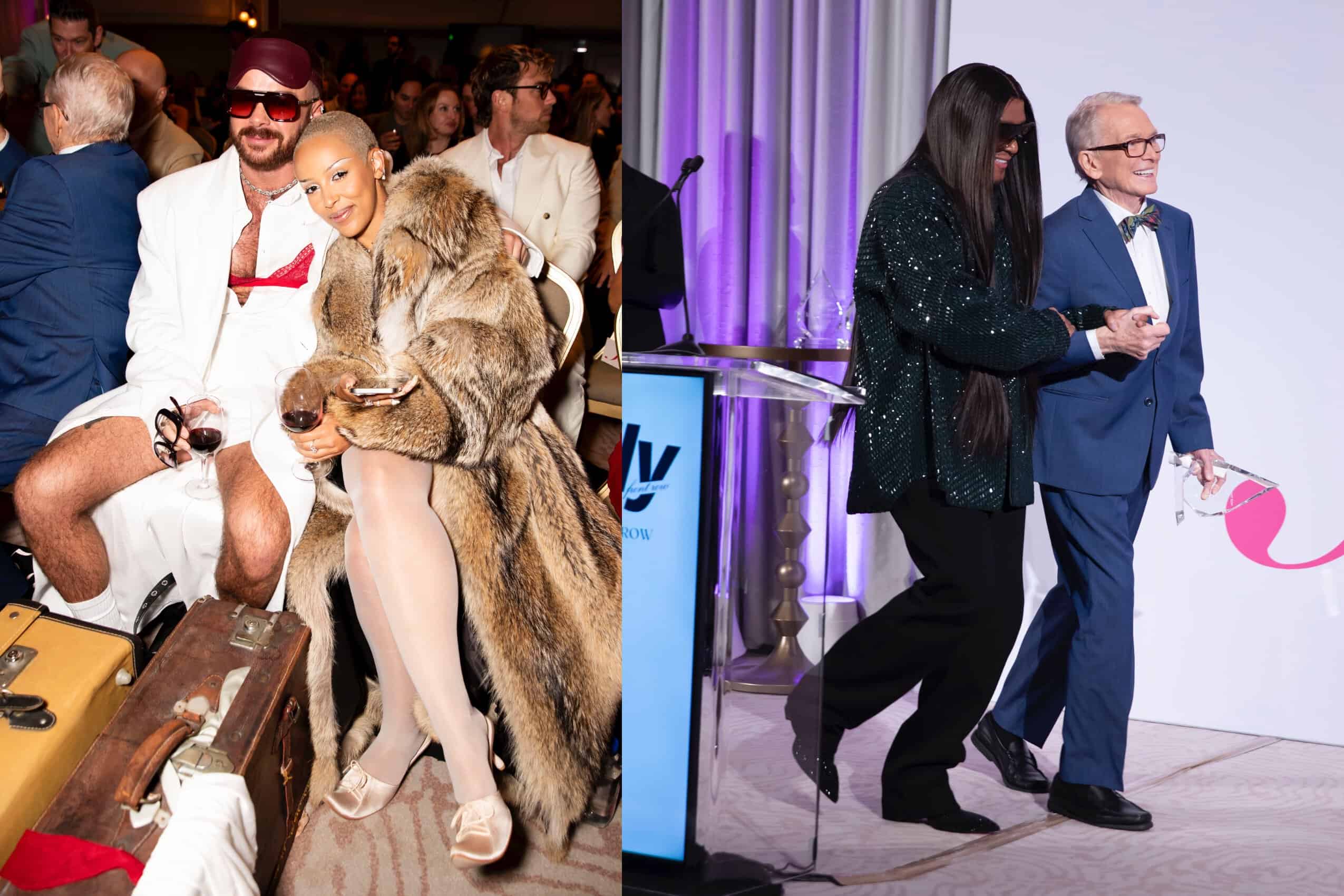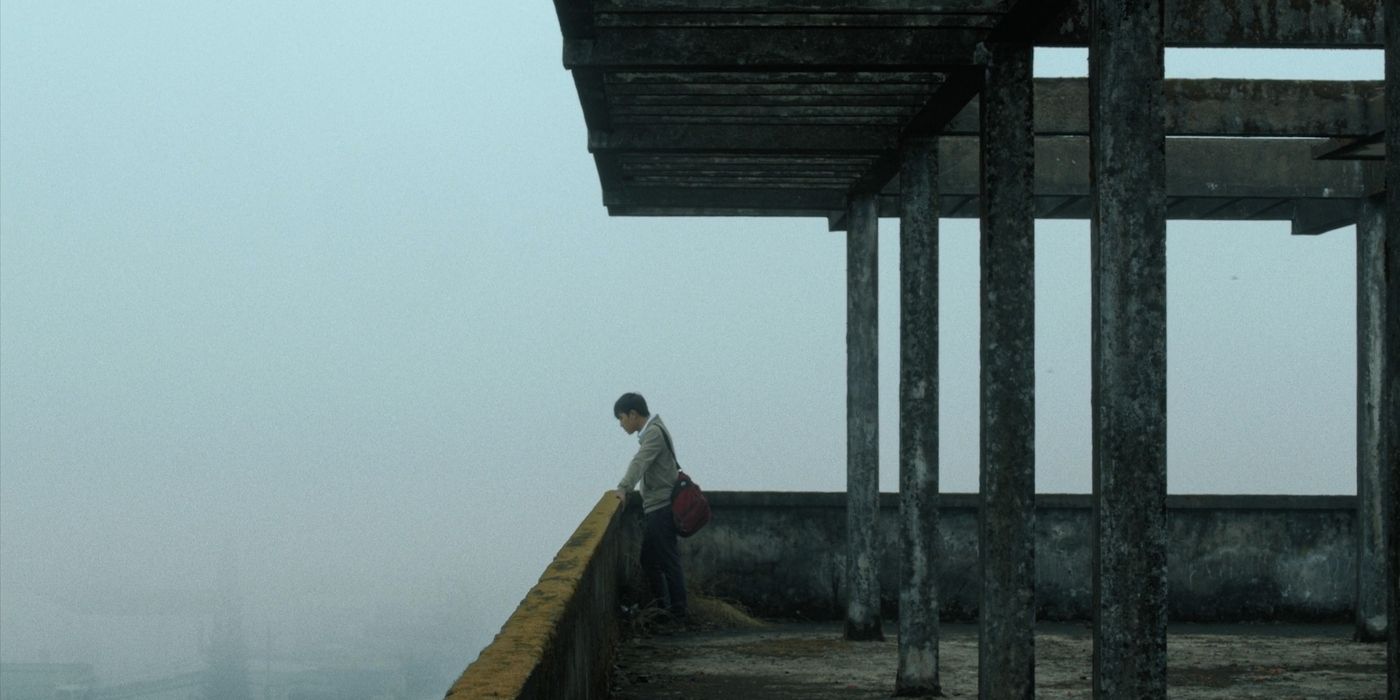
Summary
- Inside the Yellow Cocoon Shell explores themes of capitalism and a money-centric society.
- The stylistic choices, such as blocking and framing, effectively convey the detachment of Thien.
- The film’s pacing may be too slow for some viewers, and its message can be heavy-handed at times.
Writer and director Thien An Pham’s feature-length debut, Inside the Yellow Cocoon Shell, is challenging and rewarding in equal measure. It stars Le Phong Vu as Thien, a young man who must return to his rural childhood home from Saigon after the death of his sister-in-law. This death has left his nephew, Dao (Nguyen Thinh), without parents as his father (Thien’s brother) disappeared from their lives a long time ago. With this journey, the movie is spread across the urban and the rural, spending a lot of time on the road. The other central ideas at play are religion, romance, and, unsurprisingly, family.
Stylistically, the movie is quiet and directed with a gentle but firm touch from Thien An Pham. The subtle framing and editing choices cannot be mistaken for anything but deliberate, though, because there is a clear precision in every moment of the film. The decision to go for this slow and steady pacing does create a potential issue, depending on the viewer. To some, it will be an antidote to the overstimulating blockbusters that many of us are tired of, but to others, there won’t be enough to draw them into Thien’s story.
Monotony, Malaise, and Money
Inside the Yellow Cocoon Shell
Release Date January 19, 2024
Director Thien An Pham
Cast Le Phong Vu , Nguyen Thi Truc Quynh , Nguyen Thinh , Vu Ngoc Manh
Runtime 2hr 59min
Pros
- The film explores the themes of capitalism and a money-centric society.
- The story ultimately avoids formulaic and cliche tropes.
- Blocking and framing techniques are used effectively as a storytelling method to display the detachment of Thien.
Cons
- The pacing may be too slow for some viewers.
- The film has a clear message it wants to deliver to viewers, which may be too straightforward for its own good.
Immediately upon the opening of the movie, it’s abundantly clear that it will be exploring capitalism and city culture. The first shot shows the mascot of a local sports team exiting the field and heading toward a crowd of people before attempting to sell them something. When the camera settles on a trio of men, one of whom is Thien, we see them chatting away as numerous people pass by, trying to make sales. The only person who can draw their attention away from each other is a woman dressed in a cocktail dress, though even she can’t make a sale.
To add to the overt discussion of capitalism, one of the three friends talks about how he is selling all his possessions and moving out of the city. Another friend responds, saying, “Sooner or later they come crawling back […] they run out of money, that’s why.” Shortly after, the man goes to a spa, and while he is receiving a massage, Thien refers to his clients as God, which prompts his masseuse to start calling him God. From these foundational scenes, the city is set up as a money-centric, soul-consuming place, soon to be contrasted with the open and verdant countryside.
“I Feel Like I’m Drifting, It’s Preventing Me From Seeing the Light”
The tension between the city and the country plays into another pair of themes that conflict with one another in this movie: religion and sex. Both of these themes are first introduced when Thien gets his massage, with the masseuse calling him God and starting to build toward a “happy ending.” This is interrupted by a call telling him about the death of his sister-in-law. In this way, the movie quite obviously lays out the ideas that it will play with across the three-hour runtime.
Later, religion is reintroduced in different ways. First comes Thien’s sister-in-law’s funeral, which is made up of several days and events and is heavily religious. In a eulogy, she is even compared to the Virgin Mary, an interesting choice given the absence of her son’s father. But, religion is used most significantly when it comes to Thao (Nguyen Thi Truc Quynh), an old flame of Thien’s who has now taken vows to become a Sister. While Thien mentions many times in the movie that he is unsure about where he stands with God and religion, Thao has found peace through the practice.
A Disparate Family
From ideas of cities and small towns to religion, each of these repeated themes emphasizes Thien’s disconnectedness. Perhaps the narrative threads about family do this the most. Thien has been through the immigrant experience and mentions a couple of times that he moved to Saigon because the rest of his family migrated to America. Now, back in his hometown, he is half-heartedly searching for his long-missing brother. In a more formulaic and typical story, the entire movie revolves around this search and reaches a climactic and emotional conclusion when he finds him. But here, it’s just another part of Thien’s quiet and melancholy journey.
Related Thanksgiving Movies about Complicated Family Dynamics Thanksgiving is about family, and that can sometimes be complicated. Here are ten movies that show the real meaning of the holiday.
Everyone he loves, other than young Dao, has escaped the rat race, whether through religion, emigration, or death, leaving Thien to live half in the present and half in the past. With no distinction between the timelines, we see some of his memories and dreams, which, mixed with the almost documentarian-style cinematography, lead to an experience that is both surreal and grounded.
Visuals That Speak Volumes
The most striking element of Inside the Yellow Cocoon Shell is its stunning visual style. Not only are the Vietnamese landscapes absolutely breathtaking, but every frame is meticulously thought out. So many of the shots place some kind of obstruction between the viewer and Thien, be it a wall, a window, a sheet, or anything of the like. Firstly, this further emphasizes his detachment, but additionally, it adds to the quasi-documentary feel of the movie. It’s almost as if the camera operator is hiding to give Thien room to act naturally.
Related 12 Documentaries That Feel Like Narrative Features It can be hard to find thrilling and exciting documentaries, so here are 12 that feel like narrative features.
There is a scene in which Thien apologizes to Thao while she is standing by an open window, and we can see her clearly, but the window between Thien and the camera has its shutters closed. Once she had accepted his apology and left, Thien stepped into the space where she stood, now absolved of his mistake and given an air of freedom. It’s these moments that prove how effective creative blocking and framing techniques can be as a method of storytelling. Whether audiences realize it or not, these components allow for wordless exposition about the characters’ emotions. For some viewers, the slow and pared-back storytelling mode may be offputting, but if you can surrender to the current, you’ll enjoy the ride.
However, while Thien An Pham’s visual techniques are done with great subtlety, his conveyance of themes is surprisingly heavy-handed. In some ways, it’s satisfying how every strand of the movie works toward the same goal of rejecting city life and promoting spiritual connection. But, after three hours, it can start to feel not only repetitive but also didactic — especially considering that the director and protagonist share the same name. In an interview with Wang Muyan, he argues that it’s not an autobiographical film, and while that may be true, it’s hard to believe that it’s not designed to promote his own feelings about life and society.
Of course, the messaging about finding connection and leaving the city isn’t harmful, it can just be off-putting to see someone trying to convince you of something so clearly. The most interesting movies are thought-provoking and open to interpretation, and unfortunately, this is straightforward to a fault. With that said, Inside the Yellow Cocoon Shell is ultimately a rich, beautiful, and unique debut feature, with Thien An Pham being a director to watch out for.
From Kino Lorber, Inside the Yellow Cocoon Shell opens on Jan. 19th at Film at Lincoln Center NYC and on Jan. 25th at American Cinematheque in LA.
You can view the original article HERE.

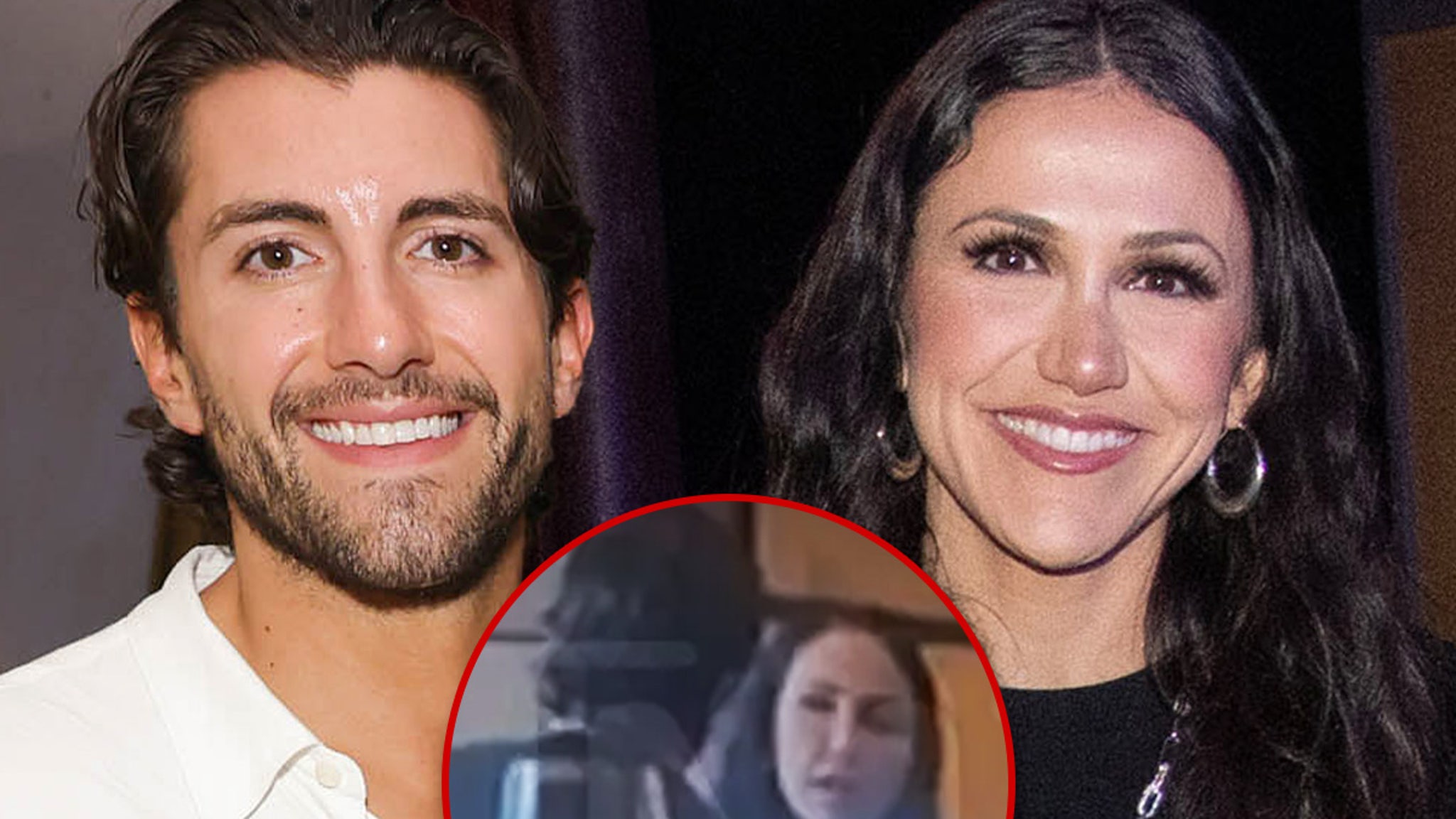

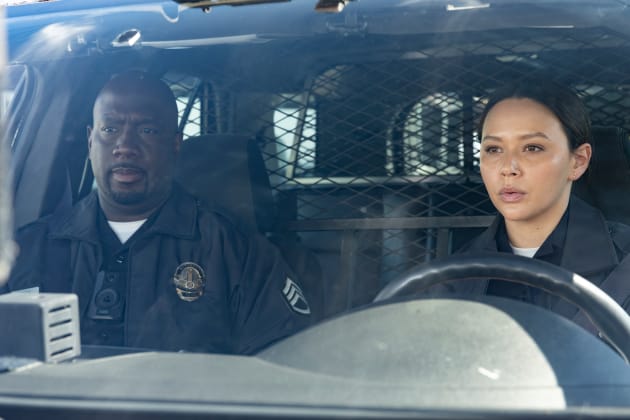

:quality(85):upscale()/2024/04/26/911/n/1922283/41bb9acb662c13ed178189.98916636_.jpg)

